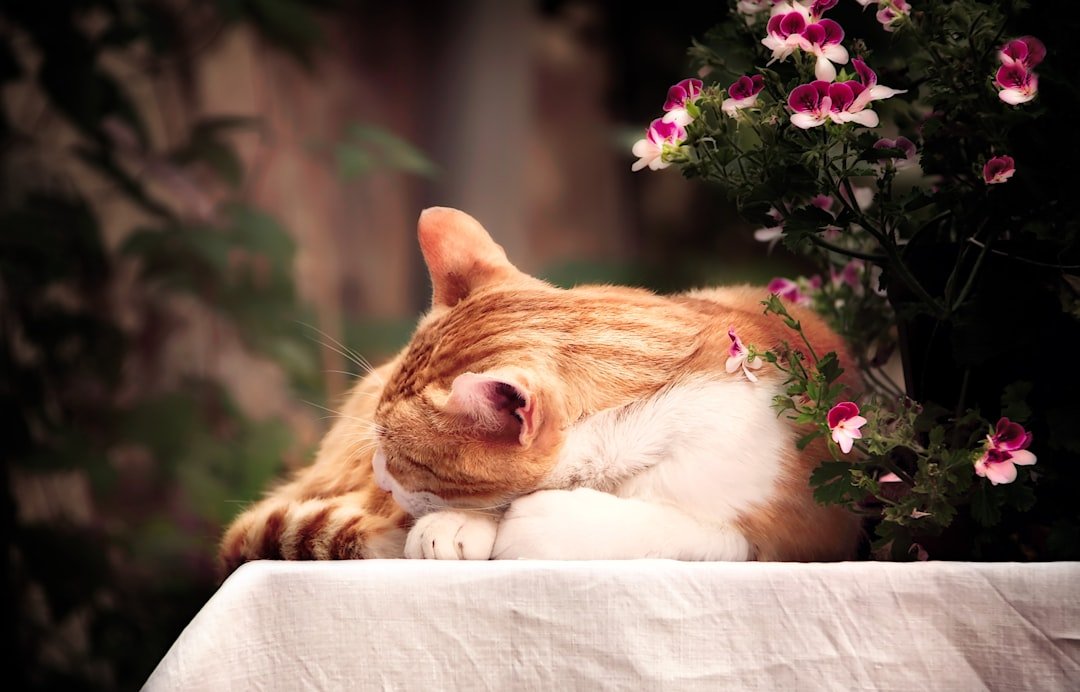
Sleep often serves as the conclusion to our daily routine, offering a period of rest where the body unwinds and awareness fades. Achieving restful slumber plays a vital role in supporting overall physical health and emotional stability.
Yet, many individuals overlook the critical role that both the duration and quality of sleep play in well-being. According to the Centers for Disease Control and Prevention, approximately 35 percent of adults fall short of the recommended seven hours nightly, a statistic that underscores a widespread issue exacerbated by modern lifestyles. This shortfall can accumulate over time, leading to subtle yet significant health risks.
As sleep deficits mount, the body struggles to signal its exhaustion, resulting in symptoms like mood swings, exhaustion, and mental fog. Over time, this accumulated sleep debt heightens vulnerability to serious conditions, including diabetes, cardiovascular problems, strokes, weight management issues, and cognitive decline, highlighting the need for proactive sleep management backed by research from sleep health organizations.
To counteract these risks, adults aged 18 to 64 should aim for seven to nine hours of rest each night, while those over 64 might target seven to eight hours. Children, on the other hand, typically require 10 to 13 hours to support their growth and development, as supported by guidelines from health authorities like the American Academy of Sleep Medicine.
Various elements can disrupt both the length and effectiveness of sleep, ranging from obvious factors like extended work hours and easy access to entertainment, to subtler influences that escape daily notice, such as environmental cues or physiological responses.
Here are some key these components:
Sleep Environment
The setting where you rest significantly influences sleep quality, creating a space that promotes security, tranquility, and ease. Elements like room colors and furnishings contribute to this atmosphere; for instance, blue tones are favored for their calming properties, often recommended in interior design for bedrooms to reduce stress levels.
Green shades, evoking nature, can also be effective, though vibrant variations like neon should be avoided to prevent overstimulation. Yellow hues offer another gentle option, known for their ability to soothe the nervous system and facilitate relaxation, drawing from color psychology studies that link these shades to improved mood.
Additionally, the physical items in your sleeping area, including the mattress, pillows, blankets, and linens, play a crucial role. Resources from experts at organizations like Night Nod provide curated recommendations on these essentials, emphasizing the importance of comprehensive sleep hygiene practices to establish a reliable routine and enhance overall rest.
Light
Light acts as an external influence that not only disrupts sleep patterns but also disrupts our circadian rhythms. The level of illumination in a room can determine how quickly one drifts off, as it interacts with the eye’s photoreceptors that signal the brain about day and night cycles, a process detailed in studies on chronobiology.
Exposure to intense lighting in the evening confuses these natural signals, postponing the onset of sleep. To mitigate this, experts advise minimizing bright light exposure before bedtime and opting for dimmer settings in the bedroom, which can help align the body’s internal clock with natural day-night patterns and improve sleep onset times.
Major Change in Activities
Significant shifts in daily routines, such as traveling across time zones or altering work schedules, can throw off the body’s natural rhythms. When adapting to new time zones or night shifts, the internal biological clock struggles to synchronize, often leading to symptoms like insomnia or overwhelming daytime drowsiness, as commonly reported in traveler’s health literature.
Medications and Substances
Consuming certain substances can alter the body’s ability to achieve restful sleep. Stimulants like caffeine and nicotine interfere with sleep cycles, while alcohol, though sometimes used as a sleep aid, ultimately fragments rest by increasing awakenings and potentially worsening conditions like sleep apnea through relaxation of airway muscles.
Even items like soda, tea, and chocolate, which contain caffeine, should be consumed sparingly in the evening. This advice aligns with findings from sleep research indicating that such substances can extend the time it takes to fall asleep and reduce overall sleep efficiency.
Anxiety and Pain
Physical discomfort from pain or aches can hinder rest, causing frequent awakenings or difficulty settling down. Stress compounds this by triggering hormones such as adrenaline and cortisol, keeping the body in a state of alertness. Negative emotions, including anger, can spike these responses, disrupting sleep even after the initial feeling subsides, as explored in psychological studies on stress and rest.
Exercise
When approached thoughtfully, physical activity can enhance sleep by promoting hormone release that supports growth and deep rest. Factors like exercise intensity, type, duration, and timing all matter; for example, low-intensity activities in the early evening can boost sleep quality, while high-intensity workouts might elevate adrenaline levels and interfere with rest, according to fitness and sleep integration research.
Diet
The composition of your diet and the timing of meals can impact sleep patterns, influenced by individual health factors and metabolic rates. To optimize rest, it’s wise to steer clear of heavy meals, caffeine, and alcohol in the late hours or the final portion of your day, a recommendation echoed in nutritional guidelines that link dietary choices to circadian health.
Gadgets
Devices such as televisions, computers, and smartphones can undermine sleep by providing distractions or sensory interruptions, like notification alerts, ad sounds, or screen glare, which studies show can suppress melatonin production. While some use TV for its soporific effects, such as watching repetitive content, it’s essential to set auto-off timers to prevent prolonged exposure.
Quality sleep extends beyond mere time in bed; it hinges on the depth and restoration achieved. By addressing these influences—such as crafting a serene sleep space, managing light exposure, and aligning routines with your body’s needs—you can foster the rest essential for physical and mental health.
Ultimately, being mindful of dietary and substance intake, incorporating balanced exercise, and cultivating a positive mindset to alleviate anxiety will all contribute to a more restorative night, helping to reset your internal systems for better daily functioning.




